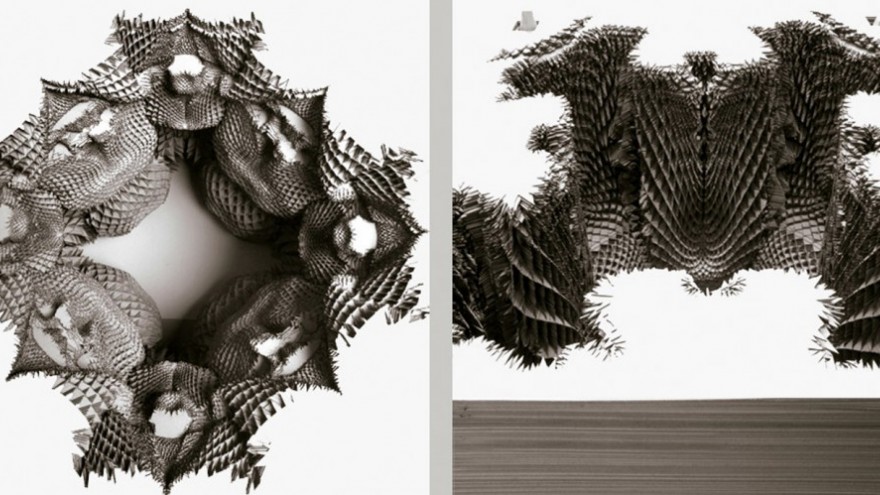It’s always interesting to see the wonderful uses designers find for cardboard. But Michael Hansmeyer’s Subdivided Columns may be the most intricate object ever fashioned out of cardboard.
As a variation on traditional Doric columns, Hansmeyer’s project involves the concept and design of a new column order based on the process of subdivision. In his own words: “It explores how subdivision can define and embellish this column order with an elaborate system of ornament.”
Hansmeyer created the columns on his computer using a subdivision algorithm that allows them to have between 8 and 16 million facets. The actual physical creations are so detailed that they can easily be mistaken for computer renderings.
Interestingly, Hansmeyer did not use 3D printing but rather took a different approach. The model was sliced into thousands of cross sections, with each one then laser cut out of the cardboard and stacked on top of each other. Surprisingly, it also only took three machines about 15 hours to produce the columns at a considerably competitive price, as opposed to the time and expense Hansmeyer would have incurred with 3D printing.
Extending this method to use with more robust materials Hansmeyer is keen to start building real structures using his “computational architecture”. The cardboard forms are easy to recycle and thus rather eco-friendly, and apparently the columns didn’t even need glue: “You just slip the slices over the cores and it all holds together.”












